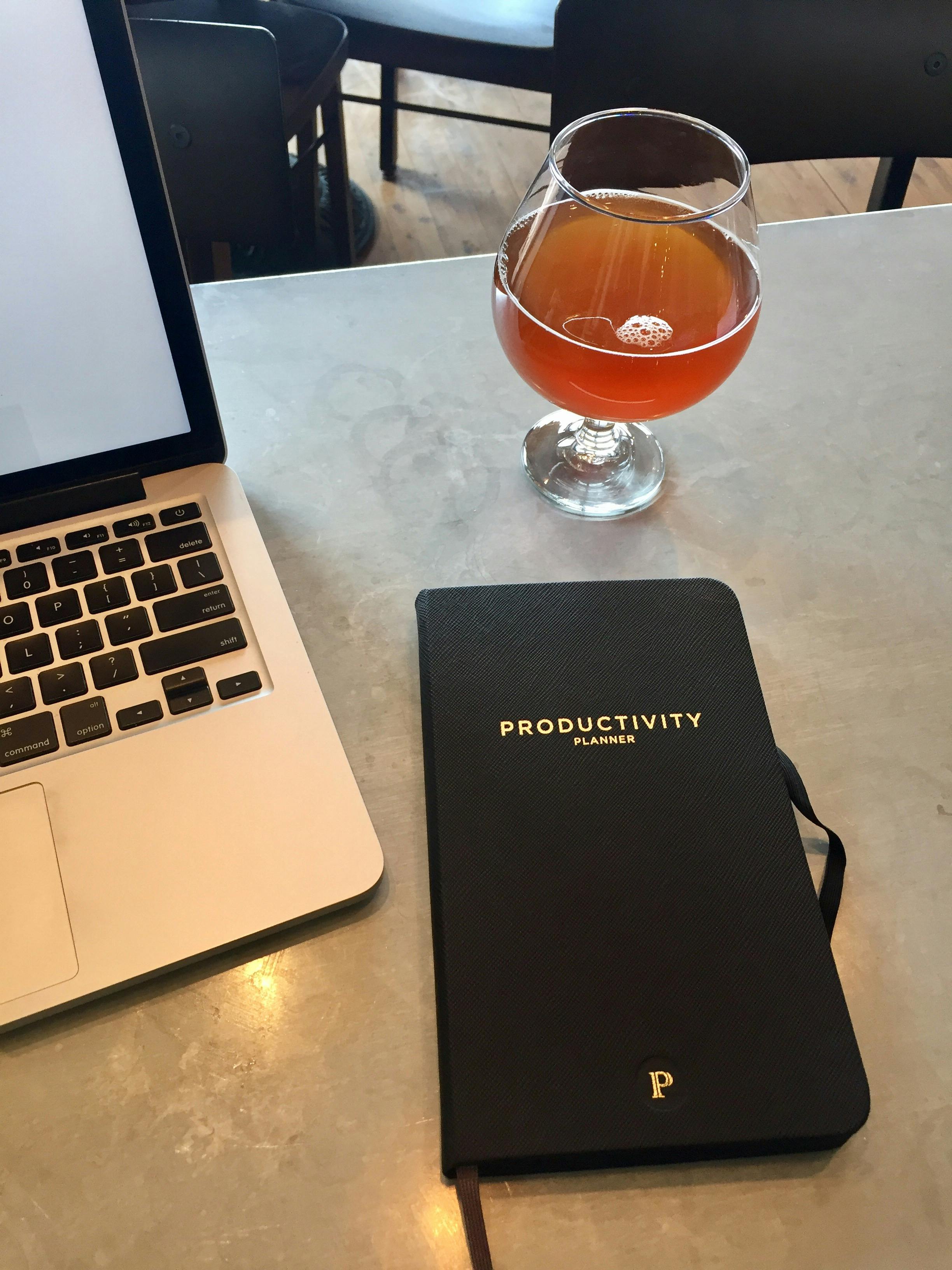Finding Productivity by Abandoning the Traditional To-Do List
Freeing myself from the shackles of the traditional to-do list.
Sticky Notes To Do List by Sue Seecof is licensed under CC BY 2.0
I don’t like New Year’s resolutions. For me, the start of a new year is a time of reflection and postulation. What did I accomplish in the past year? What might this year look like? Where’s my career headed? Am I pushing myself to learn, grow, and develop? Where do I need to improve the most?
I like to list out general areas for improvement that I can attack throughout the year. One area I want to focus on: my To Do list. Or rather, my Ever-Growing To Do List.
I’ve tried many get-things-done strategies. To Do lists and To Delegate lists. To Do lists are informed by important/urgency quadrants. It’s a system where I wrote everything down and that felt good in the moment, freeing my brain of the ever-running to do list in my head. But my follow-through was paltry. The mere act of recording a to do for “Today” or “Someday” was enough to forget about it as soon as another item entered the fray. And the bullet journals felt like too much process—focusing more on the act of writing the to do list than accomplishing it.
I needed a system that didn’t punish me for not getting everything done. I wanted to feel accomplished at the end of the day. Not dreadful and annoyed because I didn’t cross off 14 things from a list.
The reason most major goals are not achieved is that we spend our time doing second things first. – Robert J. McKain
I needed to find focus. To do the tasks that were uncomfortable because I’ve been pushing them off far too long. I needed to absorb the following from Stephen Covey, “the main thing is to keep the main thing the main thing.”
I found that in the Productivity Planner. It relies on the Ivy Lee Method:
Every evening before finishing work:
- Write down 3-5 things you plan to get done the next day
- Rank them from highest to lowest priority
- In the morning, start working on the task of highest priority
- Only move on to task #2 when you’ve completed #1
- Repeat

When prioritizing the list, ask yourself the following question (from Tim Ferriss), “If this were the only thing I accomplished today, would I be satisfied with my day? Will moving this forward make all the other to-do’s unimportant or easier to knock off later.”
By focusing on the most important task first, and even if it’s the only task I complete that day, I can still finish the day and find a sliver of satisfaction. Instead of getting mad at myself for not accomplishing more, I know that at the very least I got the most important task done. But the kicker of this method is that it forces you to move on only after you’ve finished the previous task. No jumping around, no juggling, and no multitasking.
The Productivity Planner and the Ivy Lee approach has brought a tremendous amount of calm and happiness to my day. It’s set me free from the shackles of a long running to do list, helped me find clarity around which tasks I should be doing, and it’s eased the deep sense of guilt when I didn’t get enough done. I daresay it’s been life changing. That’s so cliché… but it’s true.
He who seeks one thing, and but one,
May hope to achieve it before life is done.
But he who seeks all things wherever he goes
Must reap around him in whatever he sows
A harvest of barren regret.
– William H. Hinson

Comments
Thanks! This is good advice.
There are the amazing article for the great post here need to access the all function to find where is windows 10 my computer and save the all function easily.